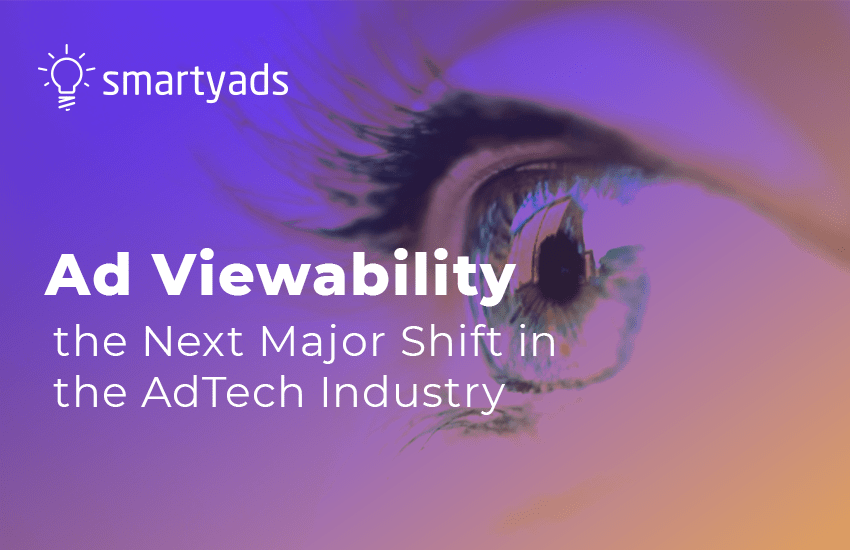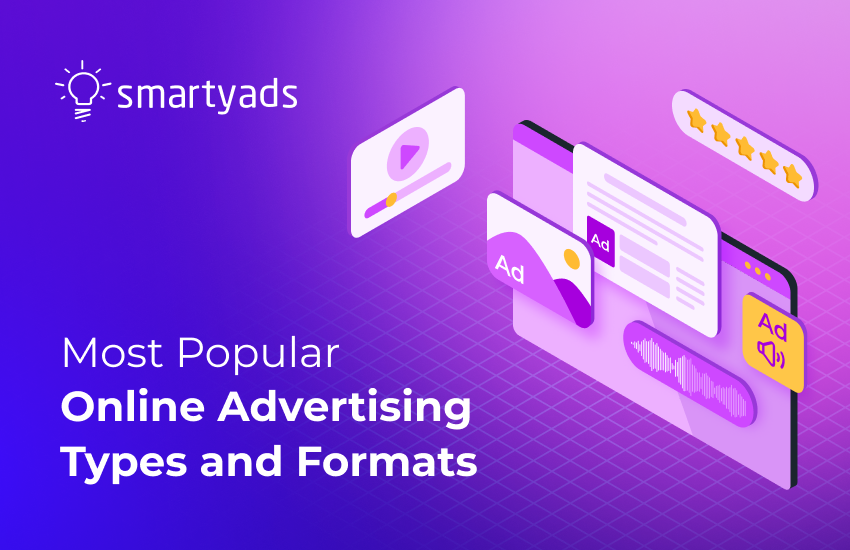Perplexity’s early advertisers are reporting CPMs in the $30–$60 range—figures that recall Netflix’s ad-supported tier launch, which started with a $60 CPM floor before settling closer to $30. This pricing signals that Perplexity is positioning itself as a premium advertising platform, targeting a highly engaged and affluent audience.
But beyond the headline-grabbing CPMs, the bigger question remains: will Perplexity’s AI-driven ads replace traditional display advertising? And for which brands and use cases does this new format make the most sense? Let’s explore how Perplexity’s ad formats work, compare them to programmatic display ads, and outline when and why marketers might consider investing in this emerging AI-powered channel.
What are perplexity ads, and how do they work?
Perplexity, the AI-powered answer engine, has thrown its hat into the advertising ring with a suite of ad formats designed to blend into the conversational flow rather than disrupt it. Here’s what’s on offer:
- Sponsored Questions: These text-based prompts appear alongside organic queries, clearly labeled as “Sponsored.” When a user clicks, the AI generates a branded answer—think of it as a chatbot’s take on native advertising.
- Video Ads: Positioned at the top of related questions, these are meant to catch the eye right at the start of a session, especially on mobile and desktop sidebars.
- Display Ads: Traditional banners, but woven into the Perplexity interface for visibility without overwhelming the user.
All ads are shown only to free users—paying subscribers enjoy an ad-free experience. And unlike the search approach, where ads muscle their way to the top of the results, Perplexity’s are tucked into the “Related” section after the main answer, aiming for relevance over raw reach.
Futuristic, yes—but is it cost-effective?
It sounds like something out of a sci-fi novel: AI-generated answers, context-aware placements, and ads that feel more like recommendations than interruptions. It’s the digital equivalent of slapping a billboard on the Moon—headline-worthy, but only if the price tag makes sense for earthbound marketers.
Here’s the rub: Perplexity’s CPM (cost per thousand impressions) is impressive for a brand-awareness play, but CPM isn’t CPC (cost per click). For performance marketers, that’s trading a Formula 1 car for a sailboat—sleek and attention-grabbing, but you’re at the mercy of the wind (or, in this case, user engagement). You pay for eyeballs, not actions, and in a world where holiday budgets are getting squeezed, most brands want measurable outcomes, which poses a series of difficulties.
Early adopters: Shaping the product, not just the market
Still, there’s a silver lining for those willing to experiment. Early adopters aren’t just buying impressions—they’re getting a seat at the table. Perplexity’s team is hungry for feedback, and those first brands in the pool have the chance to influence everything from ad formats to reporting features. It’s a rare opportunity: help mold a new channel while your competitors are still reading the manual.
LLM advertising – when is it best to use it? (at this stage):
- Building brand awareness for premium or niche products.
If you want to get your brand in front of a smaller, high-quality audience and don’t need immediate sales, Perplexity’s ads can help. It’s like putting a billboard in a fancy neighborhood instead of a busy highway.
- Reaching curious and knowledge-seeking people.
Perplexity users often look for detailed answers. If your product fits well with thoughtful buyers, like finance tools, education, or tech, this can be a good place to show up.
- Trying new, innovative ad formats.
If you like experimenting, Perplexity lets you test ads that blend naturally into AI answers. It’s a chance to get ahead by trying something fresh.
- Targeting people based on what they’re searching for.
Instead of broad ads, Perplexity shows ads related to specific questions people ask. This works well if your product matches certain topics or needs.
- For products that take time to buy.
If your customers don’t buy right away—like cars, software, or real estate—Perplexity ads can help keep your brand in their mind during the decision process.
- If you’re focused on long-term brand growth.
Perplexity’s ads cost more and don’t guarantee clicks, so they’re better if you want to build your brand over time rather than get quick sales.

Programmatic display vs. LLM-based ad formats
Let’s break it down with a side-by-side comparison:
| Type of advertising | Programmatic Display | LLM-Based (Perplexity) |
| Typical CPM Range | $1–$12 | $30–$60 |
| Measurability | High (clicks, conversions) | Moderate to low (impressions, AI engagement) |
| Targeting Precision | Extensive (demographic, behavioral, contextual) | Contextual (query-based, less granular) |
| Maturity | Decade-plus, robust tools | Experimental, evolving |
| Brand Safety | Varies by network, safety, and anti-fraud tools available | AI-generated, but new risks (misinterpretation, bias) |
| User Experience | Can be intrusive | Integrated, less disruptive |
Will LLM ads replace programmatic? Not so fast
Let’s not get ahead of ourselves. LLM-based ads—those woven into AI answer engines—aren’t about to dethrone programmatic display any time soon. The reach is smaller (Perplexity’s 22 million users vs. Google’s billions), the metrics are fuzzier, and the ecosystem is still under construction. But as a complement to brand-awareness or experimental budgets, it’s a playground for marketers who like to be first, not just best.
Think of it like the early days of social media ads: the targeting was crude, the reporting was patchy, but those who jumped in early reaped the rewards when the platforms matured.
What marketers need: A programmatic partner for the AI Era
If you’re a marketer itching to test this next-gen space, don’t go it alone. You’ll need a programmatic partner who can help you experiment with LLM platforms—someone who understands not just the CPM math but also the nuances of brand safety, scalability, and control. The goal isn’t to shift your entire budget overnight, but to carve out a slice for testing, learning, and (if you’re lucky) influencing the future of AI-powered advertising.
The bottom line
Perplexity’s foray into advertising is bold, a little bit wild, and undeniably futuristic. The CPMs are high, the formats are novel, and the rules are still being written. For now, it’s a playground for pioneers—a chance to shape not just your brand’s visibility, but the very nature of how ads and AI will coexist. Just remember: in this new frontier, it pays to keep one hand on the wheel and the other on the analytics dashboard. The winds of change are blowing, but you’ll want to know if you’re sailing toward ROI—or just drifting into the digital sunset.
Elevate your programmatic campaigns with precision and ease. Register at SmartyAds DSP today!




![In-App Advertising: the Complete Guide [Updated 2025]](/storage/uploads/2020/september/in-app-advertising-trends.png)
